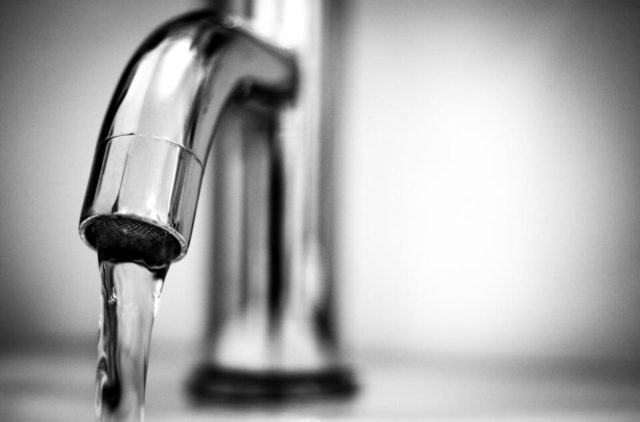The country will experience below-average rainfall that would be accompanied by hot temperatures thereby raising evaporation levels in the dams.
THE MINISTER of Human Settlement, Water and Sanitation, Lindiwe Sisulu, has announced urgent intervention measures to address water challenges in identified areas across the country, including Aggeneys in the Northern Cape, where dam levels have dropped alarmingly.
This follows the department’s latest dam levels report, which indicates that some of the country’s water reservoirs are losing one percent of stored water week-on-week. According to the report the levels have dropped from 73.3% in the same period last year to 60% this week, a 10% loss in 12 months.
According to the Department of Water and Sanitation, scientific projections are that hot temperatures will persist until the end of the summer period next year. In addition, between October and mid-December 2019, the country will experience below-average rainfall that would be accompanied by hot temperatures thereby raising evaporation levels in the dams.
Sisulu stated that the interventions would include completing the construction of water projects, the refurbishment of dysfunctional boreholes in drought-stricken areas, assigning a team of specialists for rapid intervention in identified areas and addressing dysfunctional water works.
In the Eastern Cape, the department will drill and equip boreholes in drought-stricken Graaff-Reinet and bring Xonxa Dam in Queenstown online in order to supply water to the town. Lusikisiki is earmarked for an increase of water supply by upgrading the local water treatment works. The construction of Zalu dam will be prioritised to relieve the current water challenges.
Similarly, the department has sourced funds through its Regional Bulk Infrastructure Grant (RBIG) to facilitate the bulk supply of water and equipment of boreholes in Qwaqwa, Free State. The area is facing water challenges after the dam level at Fika Patso has plummeted to 10%. Currently, local communities rely on water from boreholes while additional water supply projects are being constructed.
Other areas that are affected by water scarcity and that have been identified for intervention are Butterworth, Lusikisiki, Port Alfred and Alfred Nzo in the Eastern Cape; as well as Aggeneys in the Namakwa District in the Northern Cape. In Limpopo the areas include Tzaneen, Mogalakwena in Capricorn, Modimolle, Bela Bela, Thabazimbi and Polokwane.
The department has meanwhile urged residents to intensify water saving habits.
Department spokesperson Sputnik Ratau pointed out in a statement yesterday that the Northern Cape was the driest Province in South Africa with an average annual rainfall of about 200mm.
“The scarcity of water resources is a defining feature of this arid environment. Behavioural change in water consumption can contribute immensely to improving our water situation,” said Ratau.
He stated that a total of 280 communities in the Province are dependent on groundwater, which is approximately 40% of households.
“Of these communities a number of them are utilising more than the recommended sustainable yield of groundwater resources. Twenty-six out of 57 (where information is available) are utilising more than 80% of the resource potential. By utilising more than 80% of the resource, it becomes unsustainable.”
Ratau stated further that water storage in the Province was currently 115 million cubic or 78.1%.
“The Douglas Storage Weir in the Vaal River is currently at 16 488 million m3 or 101.5%, while the Boegoeberg Dam in the Orange River is at 21 727 million m3 or 105.4%, Spitskop Dam in the Harts River is 37 016 million or 64%, the Vaalharts Weir is at 39 604 million m3 or 78.1%.”
The water level of the Karee Dam in the Northern Cape, which serves Calvinia, however, is currently at only 16.8% – a clear indication of the severity of the drought in the Province.
“It should be noted that only the Karee Dam is a storage dam in the Northern Cape. The other dams are used as transient storage and have much smaller capacities than the larger storage dams in other provinces. Hence the levels of these vary from week to week. They are fed from other upstream dams in the Vaal and Orange rivers and water is released from the upstream dams as required.”








